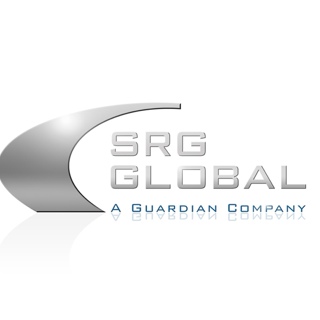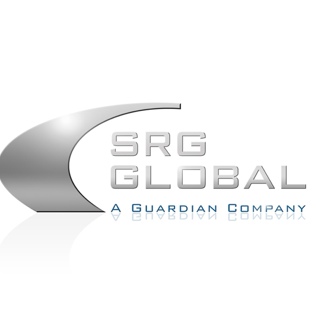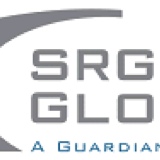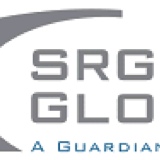Information
-
Document No.
-
Audit Title
-
Client / Site
-
Key Processes: (1..2..3..)
-
Conducted on
-
Prepared by
-
Location
-
Personnel
Explanation
Relationship between System, Process and Product Audit
-
System, process and product audits represent a selection of the audit types available; however, this listing does not claim to be exhaustive. Comparison of the audit types : Audit Type / Subject / Purpose
System Audit
---> Quality System
---> Assessment of the completeness and effectiveness of the basic requirements.
Process Audit
---> Product development process / Serial production
---> Service development process / Providing the service
---> Assessment of the quality capability for specific products/product groups and their processes
Product Audit
---> Products or services
---> Assessment of quality characteristics
Process audits may be initiated, e.g., for the following reasons: decreasing process quality, customer complaints, and changes in the production sequence, - process insecurities, cost reductions, internal request.
Process audits can be applied internally and externally across the full quality cycle in the following areas: Marketing, Development, Purchasing (Product/Service), Production/Service Provision, Sales/Commissioning, Customer Service/Services, Recycling
Individual Evaluation of the Questions and Process Elements
-
Each question is evaluated with regard to the respective requirements and their consistent achievement in the product development process (service process) and the serial production (service). The evaluation can result in 0, 4, 8, 10 points for each question, whereby the proven compliance with the requirements is the measure for awarding points. For a grading under 8 points corrective actions with deadlines may be required contingent on the number of question rated at 4 or 6. Business will not be awarded to any supplier with one or more questions answered with a 0.
Evaluation of compliance with individual requirements
10 - Full compliance with requirements
8 - Predominant compliance with requirements; opportunities for improvement exist *
6 - Partial compliance with requirements; minor nonconformities exist
4 - Unsatisfactory compliance with requirements, major nonconformities
0 - No compliance with requirements
(*) Predominant means, that more than ¾ of all requirements have proven to be effective and no special risk is given.
The overall grade is determined as follows;
A = max 7 questions Yellow or Amber and NO questions Red. This is cumulative (4 answers Yellow and 3 Amber maximum)
B = max 14 questions Yellow or Amber and NO questions Red. This is cumulative (10 answers Yellow and 4 Amber maximum)
**Action Plan or On Site PPAP review may be required for any B grade supplier**
C = more than 14 questions Yellow (6) or Amber (4) and any questions Red (0). (No business will be awarded)
Color Key:
10 = Green
8 = Blue
6 = Yellow
4 = Amber
0 = Red
Serial Production
-
OVERALL GRADE DECISION
SUMMARY / RECOMMENDATIONS:
Overall degree of conformity in %
P 5 Supplier Management
-
5.5* Is the quality of the outsourced products and services ensured and are periodic requalifications of the products done?
-
5.6 Is there an appropriate receiving inspection for outsourced materials and components? Are incoming goods stored in the appropriate manner?
P 6 Process Analysis Serial Production
P 6-1 Process Input
-
6.1.3 Are upstream materials stored in the appropriate manner and do the transport methods / packing systems take account of the special characteristics of upstream materials?
P 6-2 Work Content / Process Sequences
-
6.2.1* Based on the production control plan, are all the relevant data fully listed in the production and test / inspection documentation?
-
6.2.4* Are significant characteristics controlled in production?
-
6.2.5 Are scrap, rework and Work in Process parts, as well as residual in-house quantities properly separated and identified?
-
6.2.6 Is the flow of materials and components secured against mix-ups / incorrect identification? Is lot control and traceability maintained throughout the process?
P 6-4 Material Resources
-
6.4.1 Are the maintenance and overhaul of machines / facilities controlled on a preventive basis? Is there a posted schedule?
-
6.4.2* Can quality requirements be monitored effectively with the measurement, checking and inspection equipment available?
-
6.4.3 Are the work-areas and test / inspection stations suitable for requirements?
-
6.4.4 Are tools, equipment and test / inspection devices routinely calibrated and stored appropriately?
P 6-5 Process Effectiveness Level
-
6.5.2 Are quality and process data logged in such a way that they can be assessed?
-
6.5.3* If deviations from product and process requirements occur, are the causes analyzed and corrective actions checked for effectiveness?
-
6.5.4* Are processes and products audited regularly?
P 7 Customer Support / Customer Satisfaction / Services
-
7.1* Are the customer's requirements satisfied in terms of QM system, product (on delivery) and process? Are key measurables for quality and delivery posted in production areas?<br>
-
7.4 If there are deviations from quality requirements, are failure analysis carried out and corrective actions implemented effectively?
-
7.5 Is there a process which ensures the analysis of defective parts is carried out?
-
7.7 Was appropriate containment established to prevent the continued propagation of defects to SRG Global?
-
7.8 Was the root cause of the issue established and verified by the supplier. Can the root cause be "turned on" and turned off?"
-
7.9 Has permanent corrective action been implemented and is it robust enough to prevent reoccurrence of the issue?
-
7.9.1 Have the appropriate documents been updated with the failure mode and corrective actions (PFMEA, Control Plan, Operator Instructions)?
-
7.9.2 Has the root cause and corrective action been "Read Across" the manufacturing facility for other similar products/processes?
Action Deck
ACTION DECK:
-
P 5 Supplier Management
P5 #
-
Action:
-
By Whom:
-
By When:
-
P 6 Process Analysis Serial Production
P6 #
-
Action:
-
By Whom:
-
By When:
-
P 7 Customer Support / Customer Satisfaction / Services
P7 #
-
Action:
-
By Whom:
-
By When:
SIGNATURES
-
AUDITOR(S)
AUDITOR#
-
Add signature
-
AUDITEE(S)
AUDITEE#
-
Add signature

















